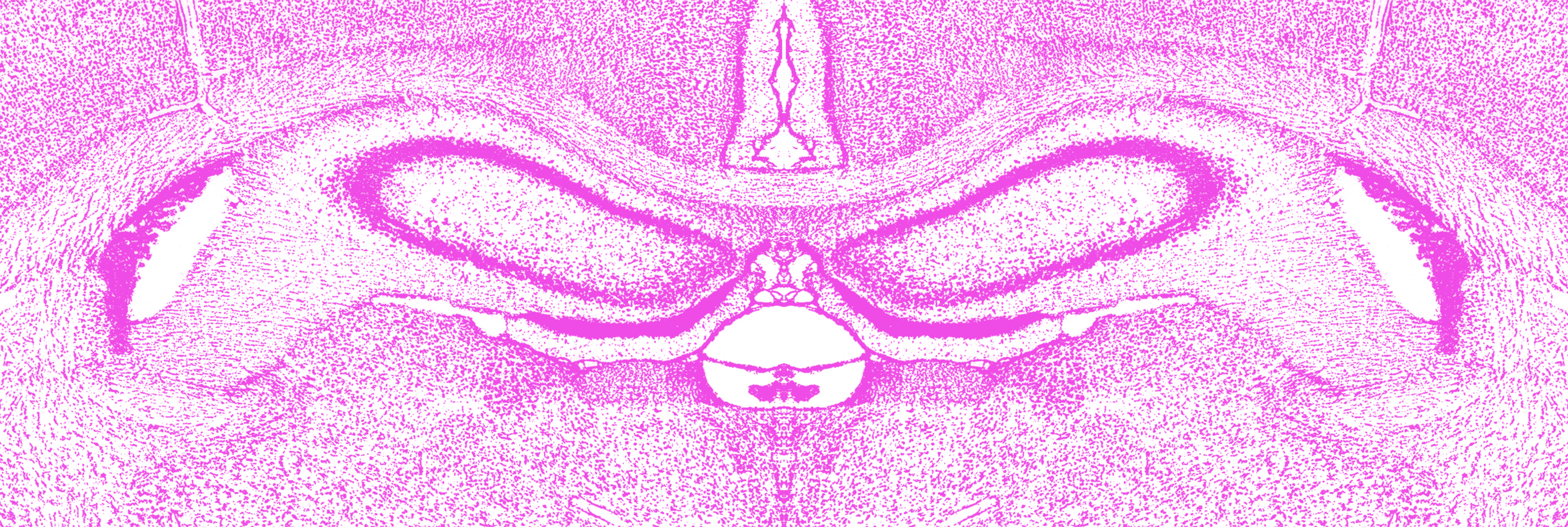A. INTRODUCTION
B. FOUNDATIONAL MODEL OF CONNECTIVITY: DEFINED VOCABULARY
C. STANDARD TERMINOLOGIES (FOR REGIONS, TRACTS, AND VENTRICLES)
D. STANDARD MAP TEMPLATES
E. COLLATING DATA FROM THE LITERATURE
“Any discussion should start with a clear understanding as to what is to be discussed … A second prerequisite of useful discussion is the designation or, if need be, the establishment of a vocabulary.”
—George Gaylord Simpson (1961) Principles of Animal Taxonomy (New York: Columbia University Press) p. 1.
A. INTRODUCTION
The accurate description of a physical object like the nervous system requires a defined vocabulary for all the parts, and an account of relationships between the parts. The fundamental importance of this principle, which has long been recognized in physics and chemistry, is becoming increasingly recognized in neuroscience with the recent emergence of neuroinformatics—because knowledge management systems require internally consistent databases for the reliable use of inference engines and network analysis tools. The results of these inferences and analyses are only as good as the underlying data, really only as good as the weakest link in the chain.
The Swanson lab has been dealing with the chaotic state of neuroanatomical nomenclature based ultimately on their need to describe accurately the results of their pathway tracing experiments, and to provide the results online in an open access neuroinformatics workbench, the Brain Architecture Knowledge Management System (BAMS).
The current state of their efforts focuses on three efforts: a Foundational Model of Nervous System Structural Connectivity, Standard Terminologies, and Standard Map Templates.
B. FOUNDATIONAL MODEL OF CONNECTIVITY: DEFINED VOCABULARY
This model provides a systematic, complete, and internally consistent defined vocabulary for describing the connections of any nervous system at any level of granularity:
Swanson, L.W. & Bota, M. (2010) Foundational Model of nervous system structural connectivity with a schema for wiring diagrams, connectome, and basic plan architecture. Proceedings of the National Academy of Sciences USA 107:20610-20617. Concepts are well-illustrated.
CONSULT THE DEFINED VOCABULARY. See Network Science for a complementary glossary of terms used for network analysis (graph theory).
The Foundational Model of Connectivity also provides a machine- and human-readable notation system for describing any extent of macrocircuitry in any species:
Brown, R.A. & Swanson, L.W. (2013) Neural Systems Language: a formal modeling language for the systematic description, unambiguous communication, and automated digital curation of neural connectivity. Journal of Comparative Neurology 521:2889-2906.
C. STANDARD TERMINOLOGIES (FOR REGIONS, TRACTS, AND VENTRICLES)
Complete, hierarchically organized terminology systems for rat central nervous system gray matter regions have been presented in the three editions of Brain maps: structure of adult rat brain. These tables are annotated from the primary neuroanatomical literature, and the terms are spatially defined in the accompanying atlas. The arrangement of the tables is different in each edition, and these arrangements can be used for different purposes.
In the 1st and 2nd edition of Brain maps, the nomenclature tables are arranged in a combined structure-function way, based loosely on embryological principles. The second edition was revised in light of more insights into these embryological principles, combined with connectional and gene expression patterns.
In contrast, for the 3rd edition of Brain Maps, the nomenclature table for gray matter regions was arranged according the to the 4 systems network functional model of nervous system organization proposed in Swanson, L.W. (2003) Brain architecture: understanding the basic plan (New York: Oxford University Press).
More recently, a complete nomenclature system for describing the human nervous system at the macrolevel observed in MRI studies was published: Swanson, L.W. (2014) Neuroanatomical terminology: a lexicon of classical origins and historical foundations (New York: Oxford University Press). Here the 10 hierarchical nomenclature tables with some 1,300 terms are arranged strictly topographically.
In the 4th edition of Brain maps, which is currently under development, the nomenclature tables for rat will be arranged strictly topographically, and will be compatible with those for human in Neuroanatomical terminology.
D. STANDARD MAP TEMPLATES
The fact that the standard nomenclature tables just discussed are instantiated in a corresponding set of atlas levels and flatmaps makes it possible to compare all neuroanatomical data generated from the Swanson lab directly: visually on the maps, and computationally in databases using the complete, internally consistent nomenclatures. For the maps, the basic idea is to have a database of data overlays (layers) that can be superimposed in any combination desired on the standard map templates:
Swanson, L.W. (2001) Interactive brain maps and atlases. In: Computing the brain: a guide to neuroinformatics, Arbib, M.A. & Grethe, J.G., editors (San Diego: Academic Press) pp. 167-177.
Dashti, A., Burns, G.A.P.C., Ghandeharizadeh, S., Jia, S., Shahabi, C., Simmons, D.M., Stone, J., & Swanson, L.W. (2001) The ‘neuroanatomical rat brain viewer’ (‘NeuARt’): a system for registering data against brain atlases. In: Computing the brain: a guide to neuroinformatics, Arbib, M.A. & Grethe, J.G., editors (San Diego: Academic Press) pp. 189-202.
Burns, G.A.P.C., Cheng, W.-C., Thompson, R.H., & Swanson, L.W. (2006) The NeuARt II system: a viewing tool for neuroanatomical data based on published neuroanatomical atlases. BMC Bioinformatics 7:531 (19 pp.).
E. COLLATING DATA FROM THE LITERATURE
It is also possible, of course, to map data from the literature (not from the Swanson lab) on these map templates, using the Swanson group nomenclature—whether or not the literature references used the Swanson lab resources. If different terminology was used, the best current solution is expert curation, as researchers do for the discussion section of any paper: convert as well as possible from one nomenclature to another based on all available evidence.
This approach has recently been used to analyze the rat cerebral cortical association connectome, based on all available evidence in the professional neuroanatomical literature since 1970 and the introduction of axonal transport methods for pathway tracing:
Bota, M., Sporns, O, & Swanson, L.W. (2015) Architecture of the cerebral cortical association connectome underlying cognition. Proceedings of the National Academy of Sciences 112:E2093-2101.
The approach will be used to construct systematically the rat nervous system connectome.
